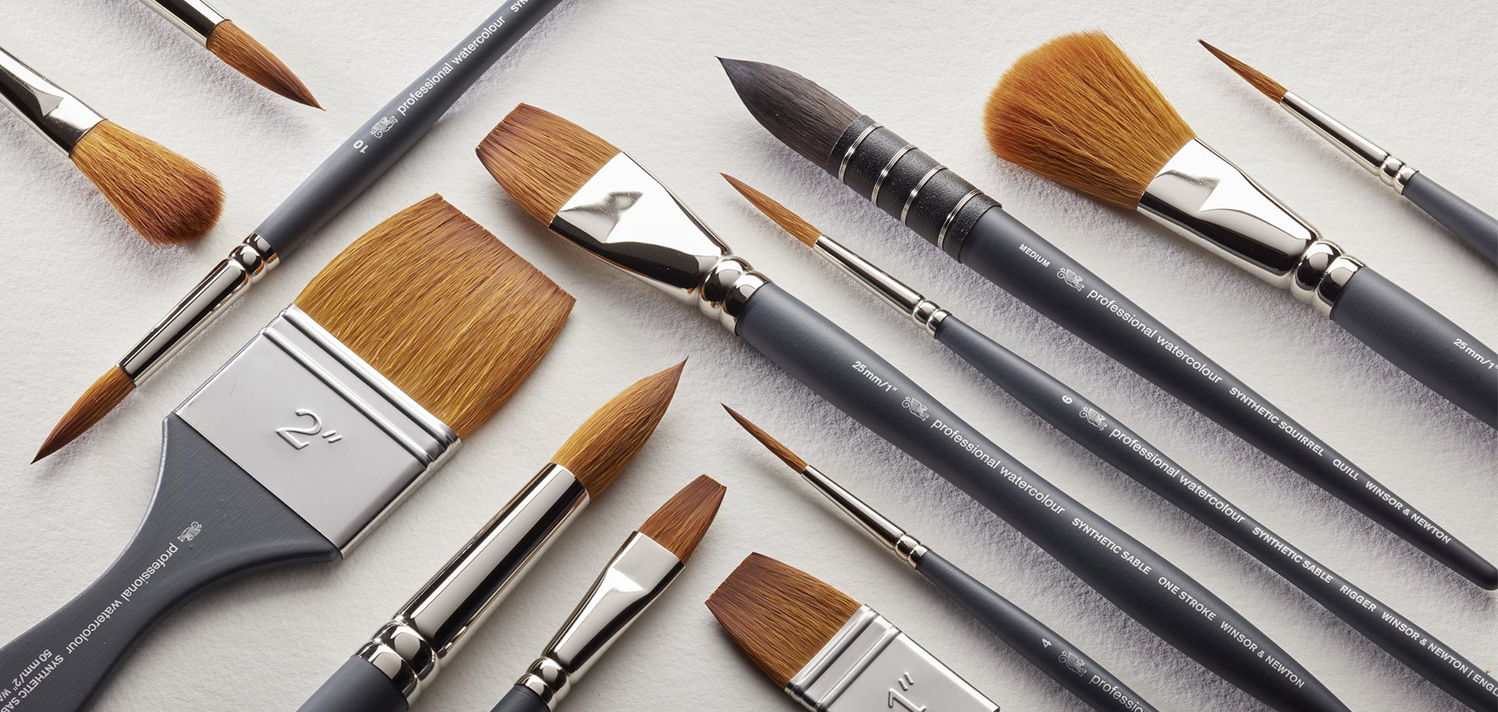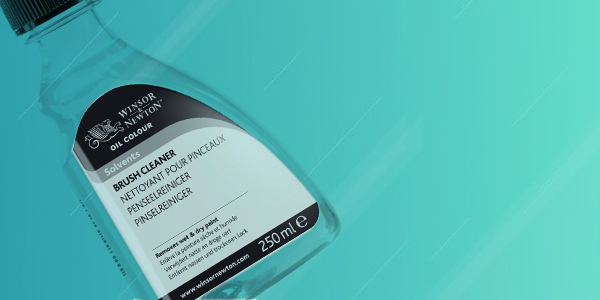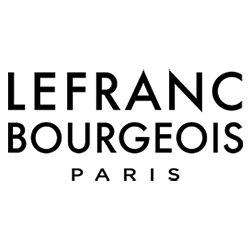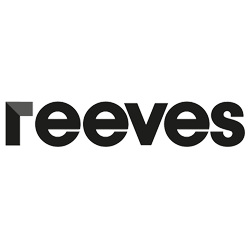In the previous article we read about selecting a paintbrush based on its hair/bristle and handle.
Let’s take a look at the other two variables, shape and size.
Shape
From the common most round and flat brushes to peculiar fan shapes, brushes come in a wide array of shapes. Let’s go through some of these shapes and their indented effects and finishes.
Characteristics
Used for
Round Brush
![094376863918-W&N-COTMAN-BRUSH-SERIES-111-ROUND-[SHORT-HANDLE]-NO-14-(For-Presentations) 094376863918-W&N-COTMAN-BRUSH-SERIES-111-ROUND-[SHORT-HANDLE]-NO-14-(For-Presentations)](https://artcart.lk/wp-content/uploads/2020/02/094376863918-WN-COTMAN-BRUSH-SERIES-111-ROUND-SHORT-HANDLE-NO-14-For-Presentations-150x150.jpg)
Round ferrule and belly with a pointed tip.
The point of the round brush is an important factor. A good quality round brush will retain its point over a long period of usage, enabling you to paint detailed work and fine lines.
Fine lines, sketching outlining, controlled fills, lines with gradual variations in thickness, controlled washes.
Made to be used with fluid paint rather than thick viscous paint.
Flat Brush
![094376870763-W&N GALERIA BRUSH GALERIA FLAT [LONG HANDLE] SIZE 18 (For Presentations) 094376870763-W&N GALERIA BRUSH GALERIA FLAT [LONG HANDLE] SIZE 18 (For Presentations)](https://artcart.lk/wp-content/uploads/2021/09/094376870763-WN-GALERIA-BRUSH-GALERIA-FLAT-LONG-HANDLE-SIZE-18-For-Presentations-150x150.jpg)
Flat ferrule, belly and square tip.
A good quality flat brush will have bristles with a spring inthem. They should snap back straight when you bend them.
Thick lines, lines with even thickness (parallel edges), washes and filling wide spaces, sketches, impasto.
Short-Flat/Bright Brush
![094376872958-W&N GALERIA BRUSH SHORT FLAT_BRIGHT [LONG HANDLE] SIZE 18 (For Presentations) 094376872958-W&N GALERIA BRUSH SHORT FLAT_BRIGHT [LONG HANDLE] SIZE 18 (For Presentations)](https://artcart.lk/wp-content/uploads/2021/09/094376872958-WN-GALERIA-BRUSH-SHORT-FLAT_BRIGHT-LONG-HANDLE-SIZE-18-For-Presentations-150x150.jpg)
Flat brush with inward curved corners. The hair is shorter in length than a flat brush.
Working with thick paint.
Controlled strokes, detailed fills.
Filbert
![094376948417-W&N-COTMAN-BRUSH-SERIES-668-FILBERT-[SHORT-HANDLE]-25MM-1-IN-(For-Presentations) 094376948417-W&N-COTMAN-BRUSH-SERIES-668-FILBERT-[SHORT-HANDLE]-25MM-1-IN-(For-Presentations)](https://artcart.lk/wp-content/uploads/2020/02/094376948417-WN-COTMAN-BRUSH-SERIES-668-FILBERT-SHORT-HANDLE-25MM-1-IN-For-Presentations-150x150.jpg)
Flat ferrule, belly and flat oval shaped tip.
Due to its ability to produce a variety of effects, this is a favourite among artists.
Filbert is more like a hybrid between a round and a flat. Turn to the narrow side it will behave closer to a round brush for detailed work and sketching. On the wider edge it can be used like a flat brush for fills.
It also comes in handy when blending and drawing flower petals.
Angular
![094376948356-W&N-COTMAN-BRUSH-SERIES-667-[ANGLED]-[SHORT-HANDLE]-13MM-1_2-(For-Presentations) 094376948356-W&N-COTMAN-BRUSH-SERIES-667-[ANGLED]-[SHORT-HANDLE]-13MM-1_2-(For-Presentations)](https://artcart.lk/wp-content/uploads/2020/02/094376948356-WN-COTMAN-BRUSH-SERIES-667-ANGLED-SHORT-HANDLE-13MM-1_2-For-Presentations-150x150.jpg)
Flat brush with angle cut tip.
Can be used to paint lines and stokes with curves and varying thickness. Gives convenience in filling corners. The Pointed corner assists in detailed work.
It can also be used in floral designs and calligraphy art.
Rigger
![094376948455-W&N-COTMAN-BRUSH-SERIES-333-RIGGER-[SHORT-HANDLE]-NO-3-(For-Presentations) 094376948455-W&N-COTMAN-BRUSH-SERIES-333-RIGGER-[SHORT-HANDLE]-NO-3-(For-Presentations)](https://artcart.lk/wp-content/uploads/2020/02/094376948455-WN-COTMAN-BRUSH-SERIES-333-RIGGER-SHORT-HANDLE-NO-3-For-Presentations-150x150.jpg)
Round ferrule, belly with pointed tip. Hair is long and narrow.
Delicate lines, outlines, subtle highlights, long continuous lines.
Fan
![094376870558-W&N-WINTON-HOG-BRUSH-FAN-[LONG-HANDLE]-NO-8-(For-Presentations) 094376870558-W&N-WINTON-HOG-BRUSH-FAN-[LONG-HANDLE]-NO-8-(For-Presentations)](https://artcart.lk/wp-content/uploads/2020/02/094376870558-WN-WINTON-HOG-BRUSH-FAN-LONG-HANDLE-NO-8-For-Presentations-150x150.jpg)
Thin layer of hair spreads out from a flat ferrule.
Commonly used for effects like painting hair, grass, tree branches, clouds, etc.
It can also beused to blend thin colours.
Mop & Wash Brush
![094376863291-W&N-MOP-AND-WASH-BRUSH-SERIES-240-GOAT-HAIR-WASH-BRUSH-[SHORT-HANDLE]-SIZE-3-(For-Presentations) 094376863291-W&N-MOP-AND-WASH-BRUSH-SERIES-240-GOAT-HAIR-WASH-BRUSH-[SHORT-HANDLE]-SIZE-3-(For-Presentations)](https://artcart.lk/wp-content/uploads/2021/10/094376863291-WN-MOP-AND-WASH-BRUSH-SERIES-240-GOAT-HAIR-WASH-BRUSH-SHORT-HANDLE-SIZE-3-For-Presentations-1-150x150.jpg)
As the name suggests,this type of brush possesses the ability to carry a large quantity of water or paint and has a considerably thick bunch of hair.
Watercolor washes in a large area.
Pointed Wash Brush
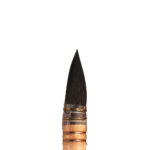
Round ferrule with a heavy bunch of hair forming a thick belly and a pointed tip.
A good quality brush will be made of natural squirrel hair that can hold a good quantity of watercolor.
Watercolor washes, detailed work, floral and calligraphy work.
Glazing Brush
![094376863291-W&N-MOP-AND-WASH-BRUSH-SERIES-240-GOAT-HAIR-WASH-BRUSH-[SHORT-HANDLE]-SIZE-3-(For-Presentations)2 094376863291-W&N-MOP-AND-WASH-BRUSH-SERIES-240-GOAT-HAIR-WASH-BRUSH-[SHORT-HANDLE]-SIZE-3-(For-Presentations)2](https://artcart.lk/wp-content/uploads/2021/10/094376863291-WN-MOP-AND-WASH-BRUSH-SERIES-240-GOAT-HAIR-WASH-BRUSH-SHORT-HANDLE-SIZE-3-For-Presentations2-150x150.jpg)
Flat brushes usually more than one inch in width and has a large volume of hair.
Varnishing and large area mopping.
Size
Bushes have a size number printed on the handle. When you hold the brush head up, the number stands upright. The general rule is the higher the number, the bigger the head is. This can be in diameter or width depending on the shape. The sequence begins from 0000 and increase in a series of 000, 00, 0,1,2 and so on.
Unfortunately, there’s no standardization or uniform relationship of this notation and the physical size among different manufacturers. Size 8 of one brush might slightly differ in physical size to that of another brand comprising of the same size 8.
If you are considering buying a certain brush for the first time through an online channel or a catalog, it’s wise to check the dimensions of the head and handle in millimetres or inches. Merely going by the number is not a reliable method unless you are familiar with the brand and range.
What sizes should I select?
It’s straight forward that smaller brushes are for finer detailing and thin lines and thicker brushes are for coverage and wider strokes. The size you select mainly depends on the size of surface you usually paint. For example, if you paint on regular sized paper, then attempting to choose brushes starting from 000 to 6,8 will be a sensible choice.
For larger surfaces like canvases,opting to start from the size 2 on the smaller end 6, 8 mid and above 10 for large can be considered.
In conclusion, the shape and size of the brush can help you explore more effects and finishes with convenience. The key is to understand what each variable does and invest on the right collection of brushes determined by the paint and technique you use.
It is also worth mentioning that caring for every brush you use is the key to their longevity and performance. Regular cleaning and proper storage are great practices and will help you reap the rewards of a longer lifespan.


